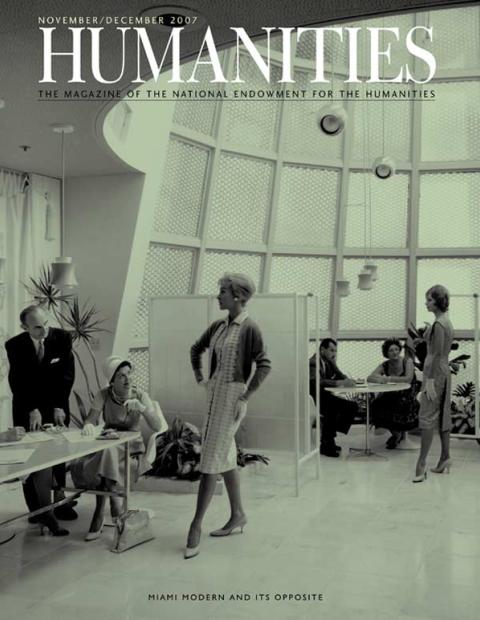Nineteenth-century urban time seemed to move in frighteningly unpredictable ways. This was especially so of those once-fixed temporal reference points: day and night. In the new chaos of urban life, these seemed to lose their reassuring permanence. A number of writers tried to make sense of this vexingly abstract force. From imaginary vantage points along major streets, they traced the life of the metropolis from its first vigorous stirrings before dawn through its murmurs and rustlings deep in the night. Like panoramic maps, these descriptions are caricatures, but they help us to glimpse the emerging structure of urban day and urban night. We can see people inching toward what we would now call the twenty-four-hour city.
Walt Whitman suggested as much in an 1856 article about activity on lower Broadway in New York. “Within this straight and confined stretch of narrow street surges to and fro, all day, all night, year in and year out, absolutely without intermission, an endless procession, which might furnish no bad representative of the vast procession of humanity.” From an imaginary perch along the street, Whitman diagrammed the passage of different classes of people hour by hour, from the predawn rumbling of butchers’ delivery carts to the midnight journeys of late hacks (the equivalent of cabs). The morning commute of pedestrians began around five o’clock, in Whitman’s telling, with “twos and threes, and soon full platoons, of the ‘industrial regiments’ . . . uniformed in brick-dusty shirts and overalls, battered hats, and shoes white or burnt with lime, armed with pick, spade, trowel or hod. . . .” As these men scattered to construction sites, shopgirls walked down Broadway toward the bookbinderies and tailor shops. “Mingling with them, and flocking closer, for it is now eight or nine in the morning, come the jaunty crew of the downtown clerks,” whose fashionable clothes covered physiques weakened by fast living. “Now their employers begin to crowd the sidewalks, and for an hour or two the way is full of merchants and money-traders-the ‘solid business community.’ A grim and griping generation they are; some fat and sturdy; most lean and dried up; all with close, hard faces. . . . Among them you may distinguish here and there a lawyer, by something of an intellectual expression.”
From eleven o’clock to three o'clock, Whitman continued, “the full sea of the city, eddying and roaring, with no distinct current, boils and surges this way and that, in an undistinguishable and hopeless confusion.” Brightly-dressed women shoppers can be seen amid the flood, particularly in the late afternoon, when many are promenading. Among them, “the experienced city observer may everywhere recognize, in full costume and with assured faces, even at this broad daylight time, one and another notorious courtezan.” After four o’clock, “the feminine promenaders gradually disappear, and the successive waves of the morning tide now begin to roll backward in an inverse order—merchants, brokers, lawyers, first; clerks next; shop-girls and laborers last.”
Whitman was describing a time when New York was still what had been called a “walking city,” where even the affluent traveled by foot. By the end of the nineteenth century, daily journeys had been altered by the physical expansion of cities and by their starker division into zones of production and residence, affluence and poverty. Often traveling greater distances than their predecessors, the daily procession of workers was now linked to the timetables of commuter railroads and streetcars. Commuters flowed down Broadway in discrete pulses carried by cable car, as Stephen Crane observed around the turn of the century. “In the grey of the morning they [the cable cars] come out of the up-town, and bearing janitors, porters, all that class which carries the keys to set alive the great downtown. Later, they shower clerks. Later still, they shower more clerks.” Crane hurries through the chaotic morning rush and the brief ten o’clock lull, to reach the onslaught of “feminine shoppers” who try the patience of cable-car operators.
—From “Mapping Time” by Peter Baldwin. Published in Common-Place, Vol. 6, No. 1 (2005). Printed by permission.


